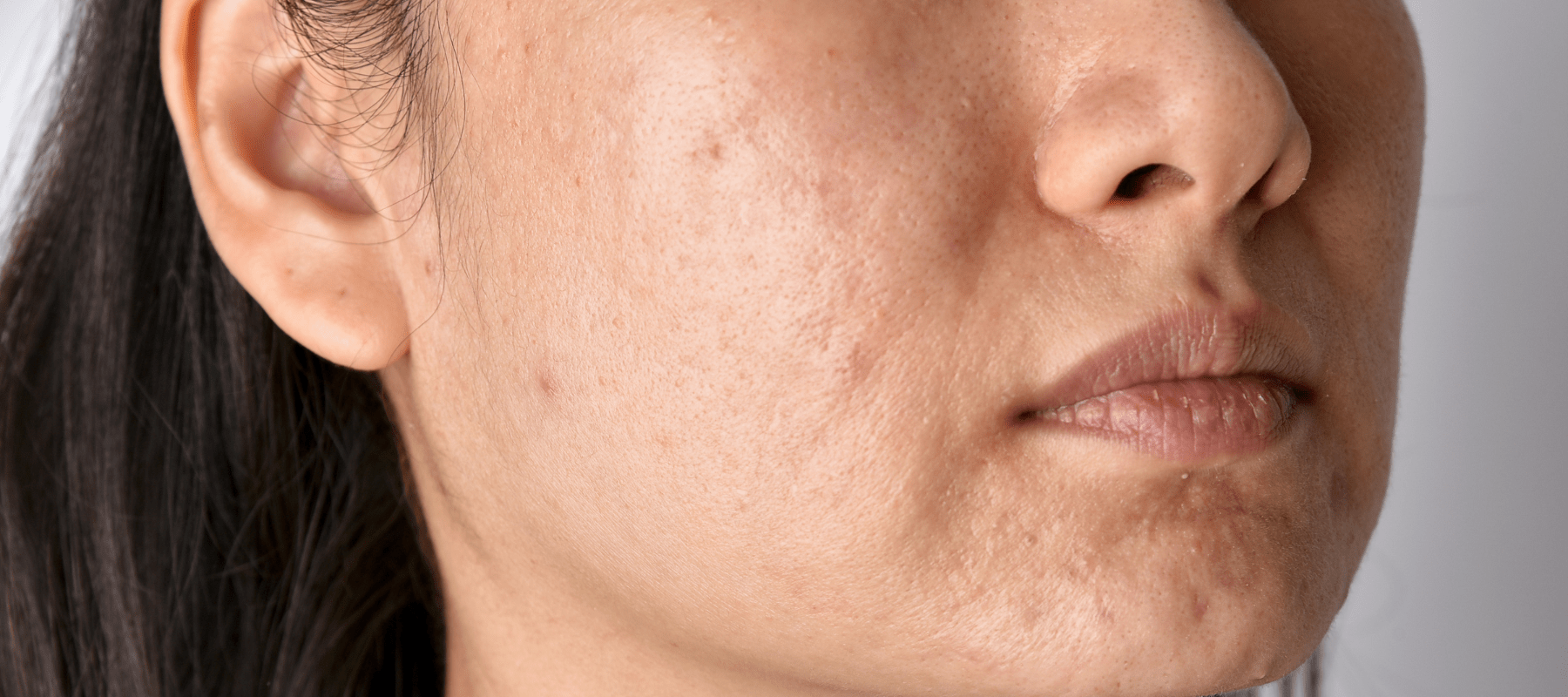
Skin Discoloration: Understanding The Causes Of Skin Discoloration On Face
Discoloration of the skin can be aggravating, especially when it appears on your face. It could be a normal component of the aging process, or it could be cause for alarm.
A person's skin color might change for many causes during their life. Certain medical diseases, such as hyperpigmentation, which is the whitening of the skin, or hyperpigmentation, the darkening of the skin, can cause changes in a person's skin color.
Read more to learn about skin discoloration, discuss the causes of discoloration, how to prevent discoloration, and how to treat it.
What Is Skin Discoloration?
Skin discoloration means any alterations in the color of your skin. Infection, birthmarks, pigmentation problems, and skin cancer are all possible causes of discoloration.
Skin discoloration is a general word that refers to a shift in your skin's tone that differs from your original skin tone. These discolored spots of skin can vary in color and may be:
- red
- pink
- purple
- tan
- brown
- black
- blue
While numerous causes of skin discoloration are harmless, such as birthmarks, other occurrences of discolored skin may result from a deep-seated medical issue that needs medical attention.
Common Types of Skin Discolorations:
- Sunspot: Sunspots, also known as age marks, are flat and brown spots that appear over time, usually due to extended exposure to sunshine. People also call it liver spot, but the organ itself has no role in forming the spots and is not impacted by them.
When melanin, which gives the skin its color, becomes gathered in the skin or is created in large concentrations, such as when your skin is confronted with a lot of ultraviolet light, age spots occur.
- Vitiligo: Vitiligo is a persistent skin disorder characterized by pale white spots on different skin parts. Vitiligo frequently develops white patches on the neck region, face, hands, and skin folds. The syndrome develops when pigment cells die or cease to function. It is classified as an autoimmune disorder, which occurs when the immune system targets normal tissues in the human body.
There are two types of vitiligo: generalized segmental vitiligo and vitiligo. Variations in more than 30 genes, occurring in various combinations, have been linked to an increased likelihood of vitiligo. Vitiligo is a prevalent condition that affects approximately 0.5% and 1% of the global population.
- Birthmarks: Birthmarks are discolored patches of skin that appear at birth. Birthmarks may disappear as an individual ages but may also grow more prominent.
The reason is the overpopulation of cells that produce pigment or arteries. Birthmarks come in various shapes and sizes, such as deep hemangioma, strawberry hemangioma, moles, and salmon patches.
- Injuries: Skin discoloration can be caused by sunburns, eruptions, burns, and wounds. Excessive sun exposure without adequate protection produces sunburns, and various factors can cause lesions, burns, and rashes. Each form of damage can cause various discoloration on the skin.
- Melasma: Melasma, also known as chloasma, is characterized by uneven, dark, and patchy skin in places frequently exposed to sunlight. This disease is not fatal, but the gray or dark patches it generates, generally on a person's face, can be distressing.
Melasma causes skin discoloration when there is an excess of melanin in the skin, and it commonly affects those with darker skin tones, pregnant women, and individuals taking certain medicines.
- Tinea versicolor: Tinea versicolor, also known as pityriasis versicolor, is a yeast infection-induced skin pigmentation condition. When fungus on the outer layer of the skin develops in excess, it can cause a skin rash. This sort of skin-darkening is not contagious and has no significant health risks. It is widespread throughout the world's tropical and subtropical regions.
- Addison's disease: Addison's disease is an uncommon condition that impacts the adrenal glands. It's also called hypoadrenalism when the adrenal glands produce less cortisol and aldosterone.
Skin discoloration caused by Addison's disease is especially noticeable in scar tissue, folds and creases, the inner part of the cheeks, and the palms.
Also read: Understanding and Treating White Discoloration on the Skin: Causes, Symptoms
Skin Care Tips to prevent & Treat unwanted Skin Discolorations:
The underlying cause determines the treatment for discolored skin patches. A healthcare expert can discover deeper medical conditions. After that, the treatment will happen accordingly.
The proper course of medications can treat any current infection. Antibiotics, for example, treat infections caused by bacteria, whereas antifungal medicines can cure fungal infections.
If you want therapy for cosmetic reasons, a medical professional may advise you to use natural or prescription topical medications to lessen the appearance of discoloration of the skin. An expert treatment such as microdermabrasion or chemical peels are good for removing hyperpigmentation, although insurance typically does not cover these.
Before attempting any topical creams or home cures that claim to treat skin discoloration, consult your doctor first.
How to prevent skin from discoloration?
You may work to help the condition of your skin and keep it as youthful as possible with some thinking, diligence, and good habits.
- Use sunscreen every day: We're sure you've heard it too frequently to count, but using sunblock every day can truly improve the condition of your skin. That includes first thing in the morning and throughout the day in regular intervals until the sun sets—even if it's cloudy or you've spent most of the day indoors.
- Avoid Picking Your Skin: Always touching or picking your skin is never a good idea. It can result in unneeded bruising, scratching, bleeding, irritation, scarring, discoloration, and irritated skin. Even if some wounds or blemishes upset you, try not to scratch your face. You'll be glad you didn't pick them once they've healed.
- Making Your Skincare Routine a Priority: You should start prioritizing and taking your skincare routine seriously. A few more minutes every day and careful thought when selecting beauty products and sun protection may make a difference.
When you select products appropriate for your skin type, you are actively working to achieve your skin's optimal health. The Pink Foundry's Dark Spot & Hyperpigmentation Correcting Power Serum can help you to achieve that.
This product is a one-of-a-kind synergistic blend of eight active ingredients, including hero ingredients like Niacinamide, Tranexamic Acid, Vitamin C, and Alpha Arbutin, that work together to reduce the appearance of dark stains, boost brightness, and reduce the recurrence of discoloration. That means you'll be light years ahead of your peers when preventing and treating skin discoloration.
Also read: Understanding Skin Discoloration on the Face
Conclusion:
While numerous skin discoloration instances are innocuous, any odd alterations to your skin should be taken seriously. Some causes of discolored skin patches are mild conditions that require only basic treatments. Other reasons may be more serious and necessitate continuing care.
It's critical to consult a doctor if you discover any strange or irritating skin changes, particularly if you notice abrupt signs or sudden shifts in your skin. These could be symptoms of a more serious condition.






















































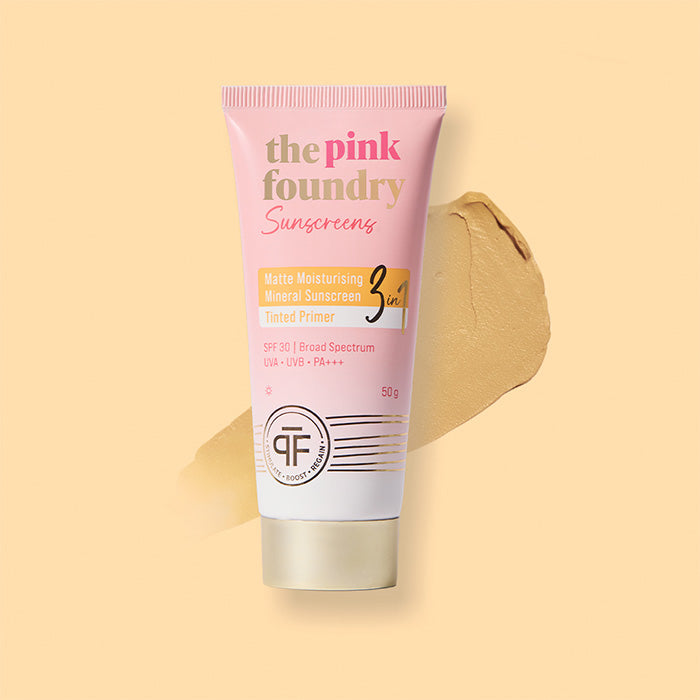
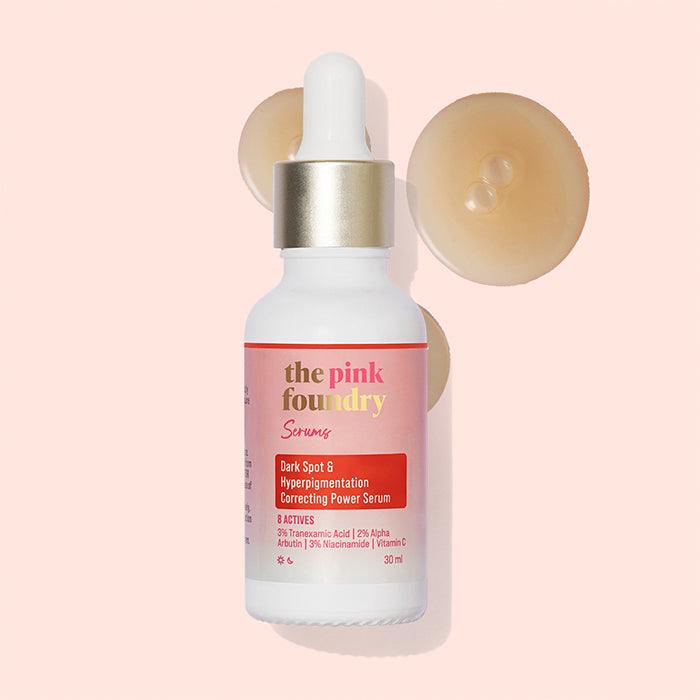
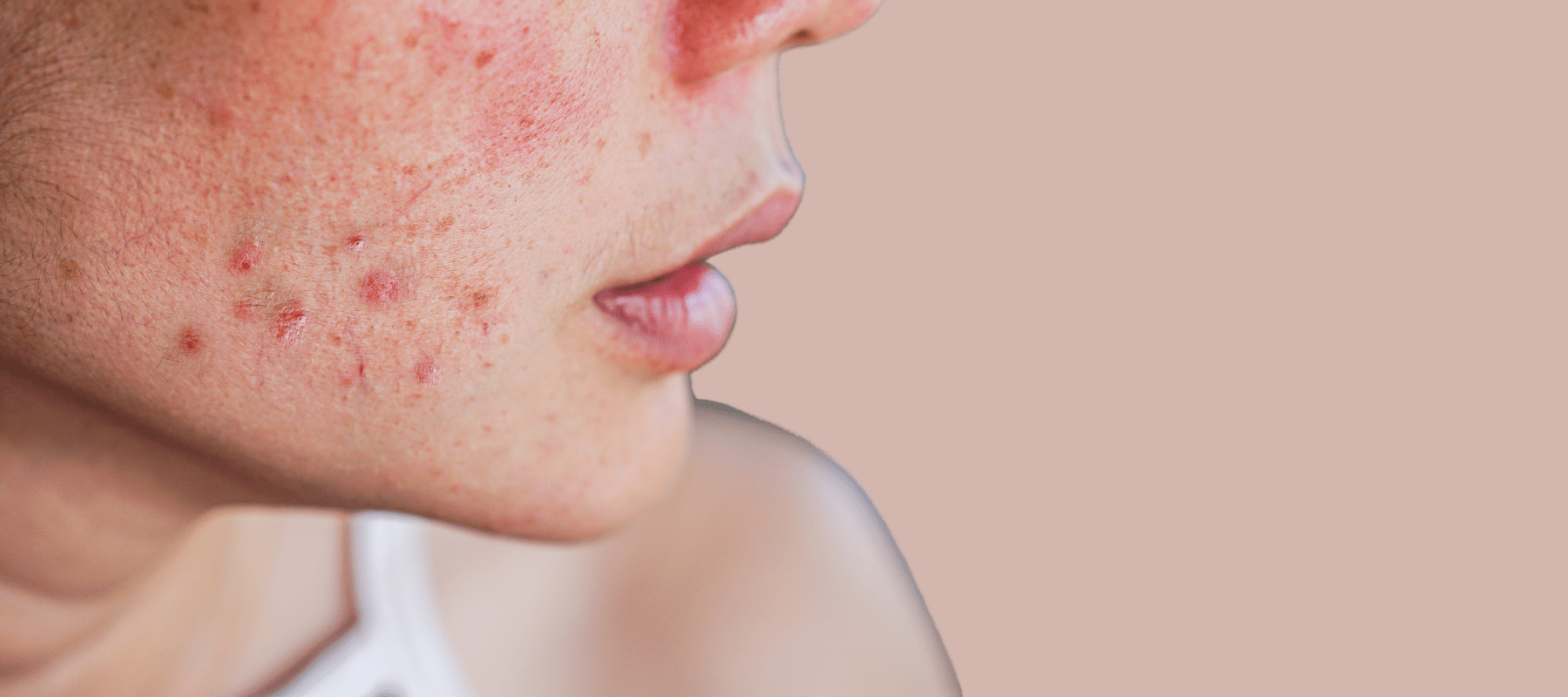

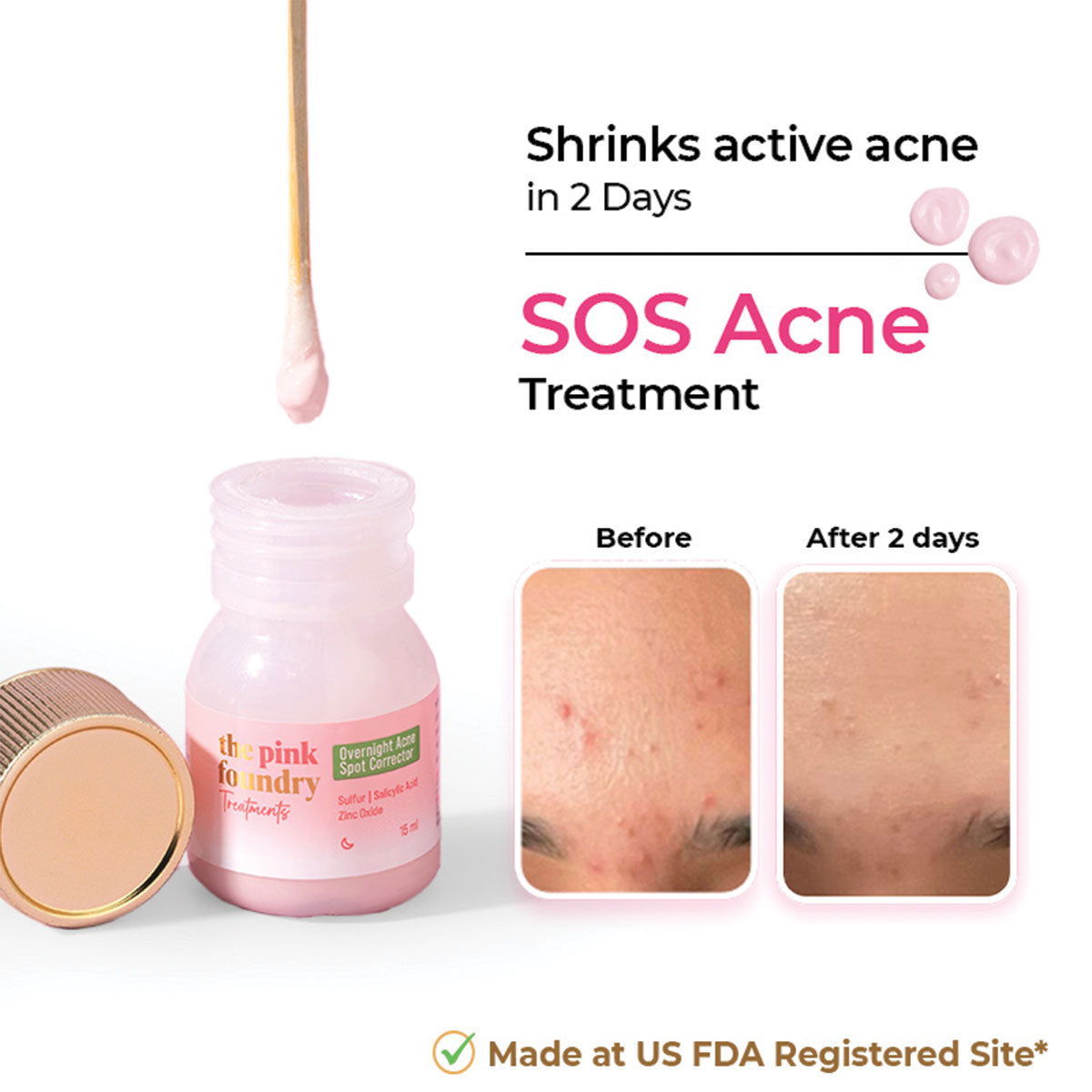
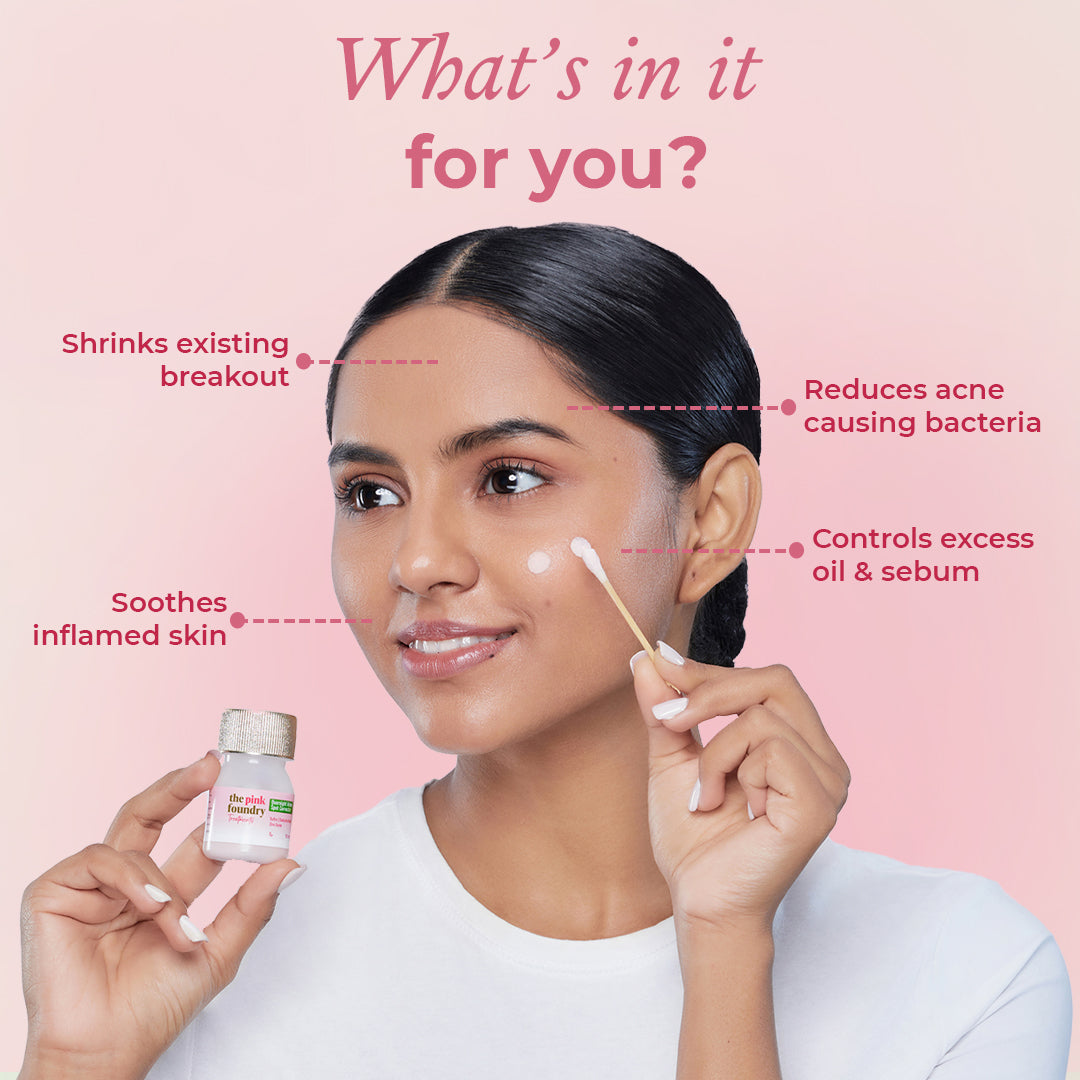
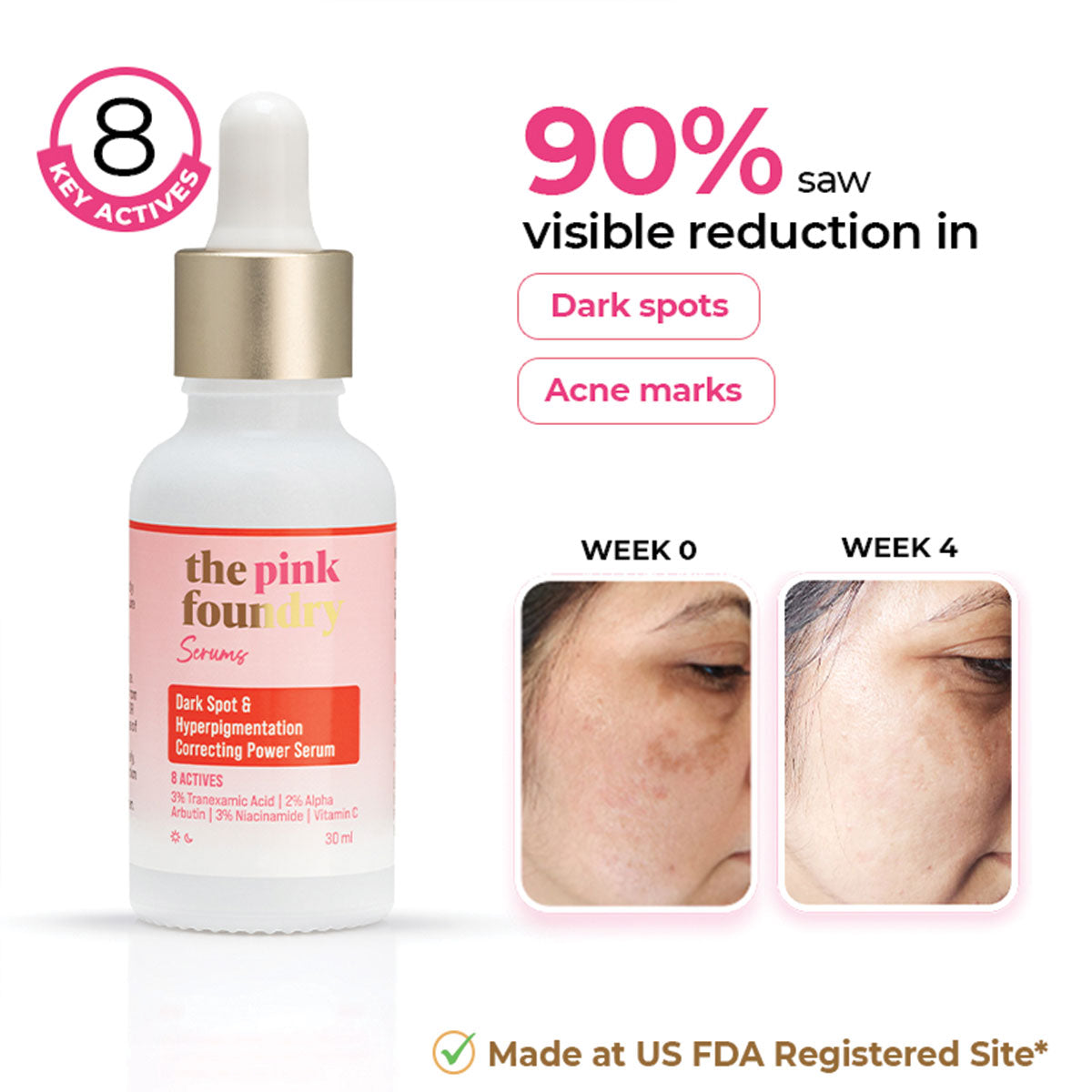
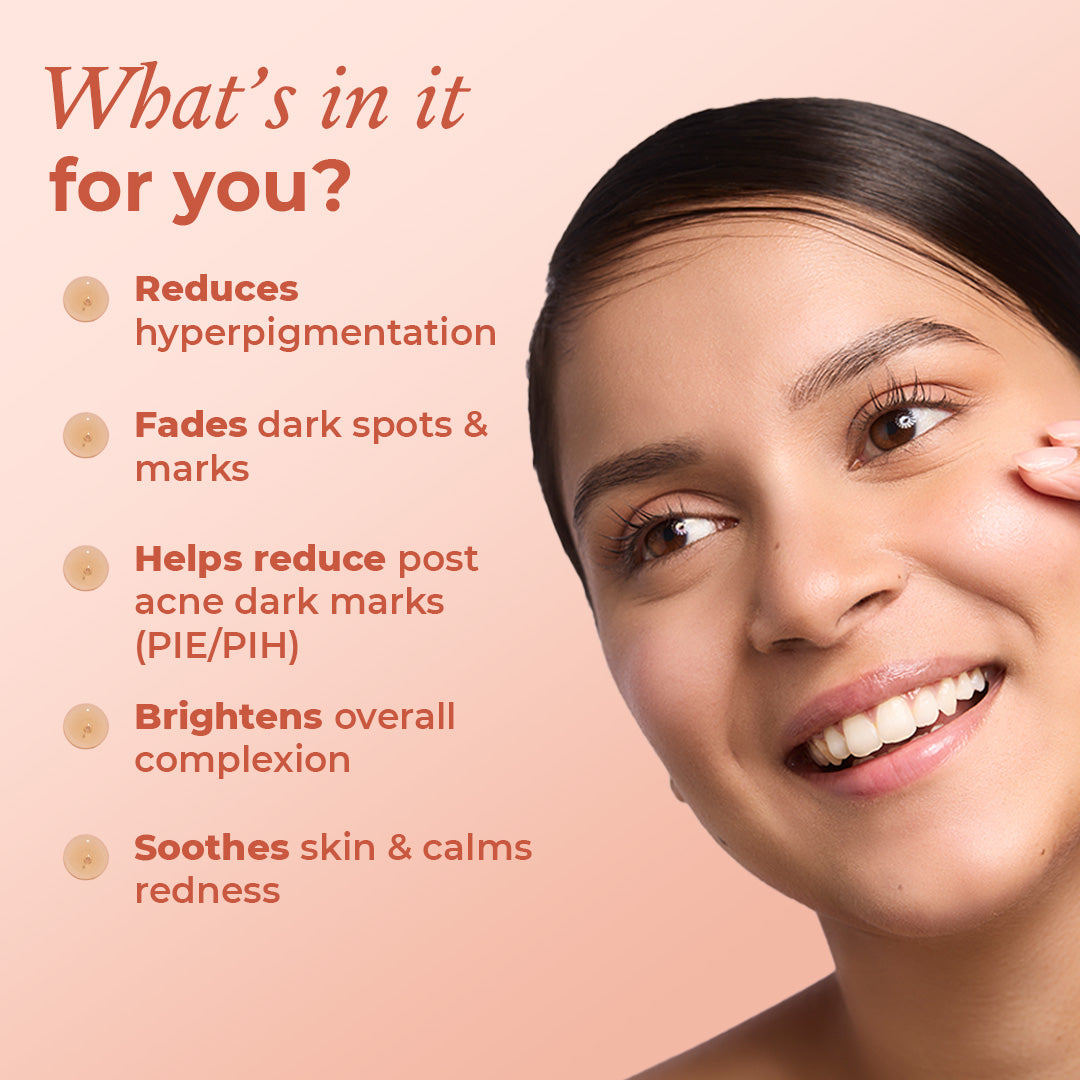
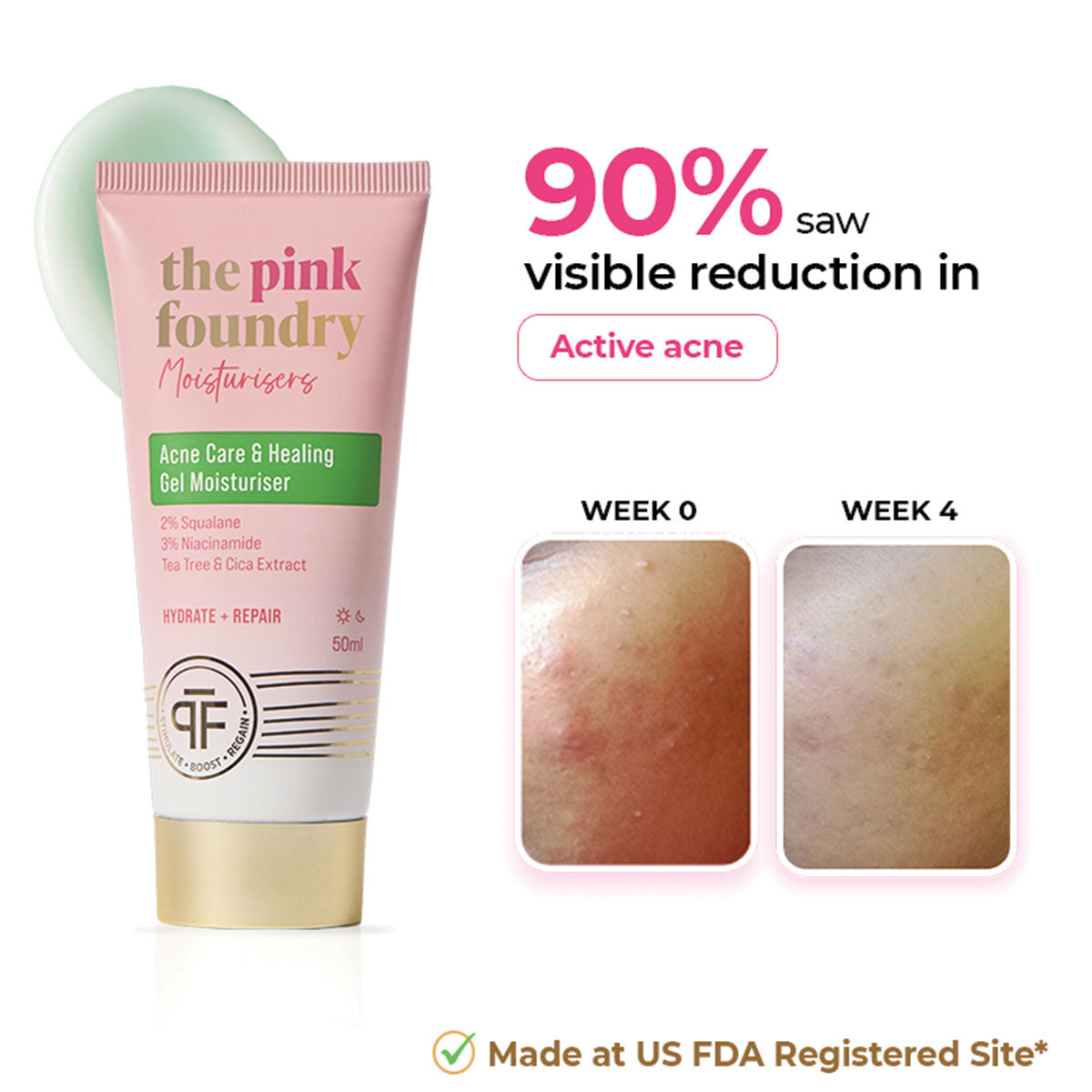
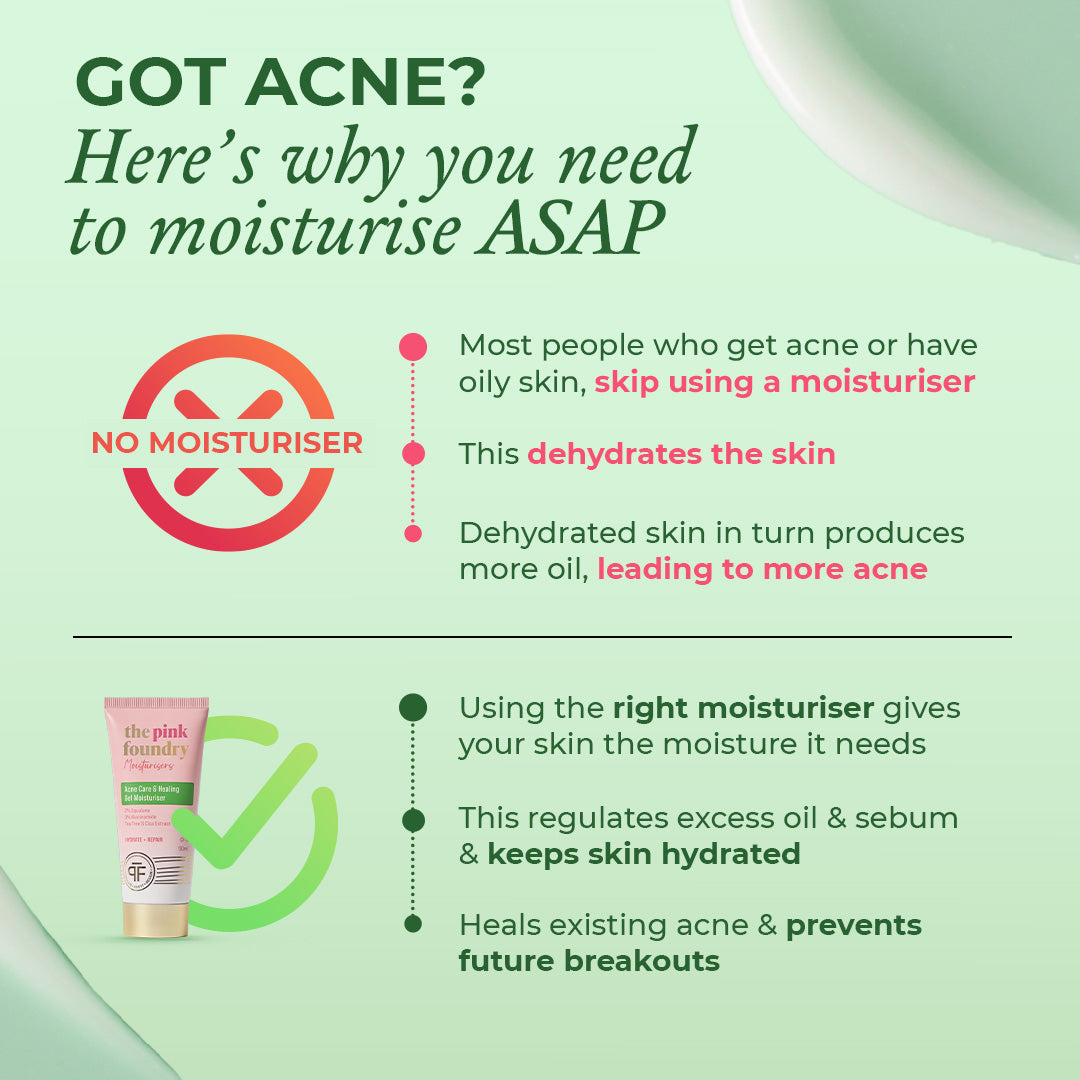
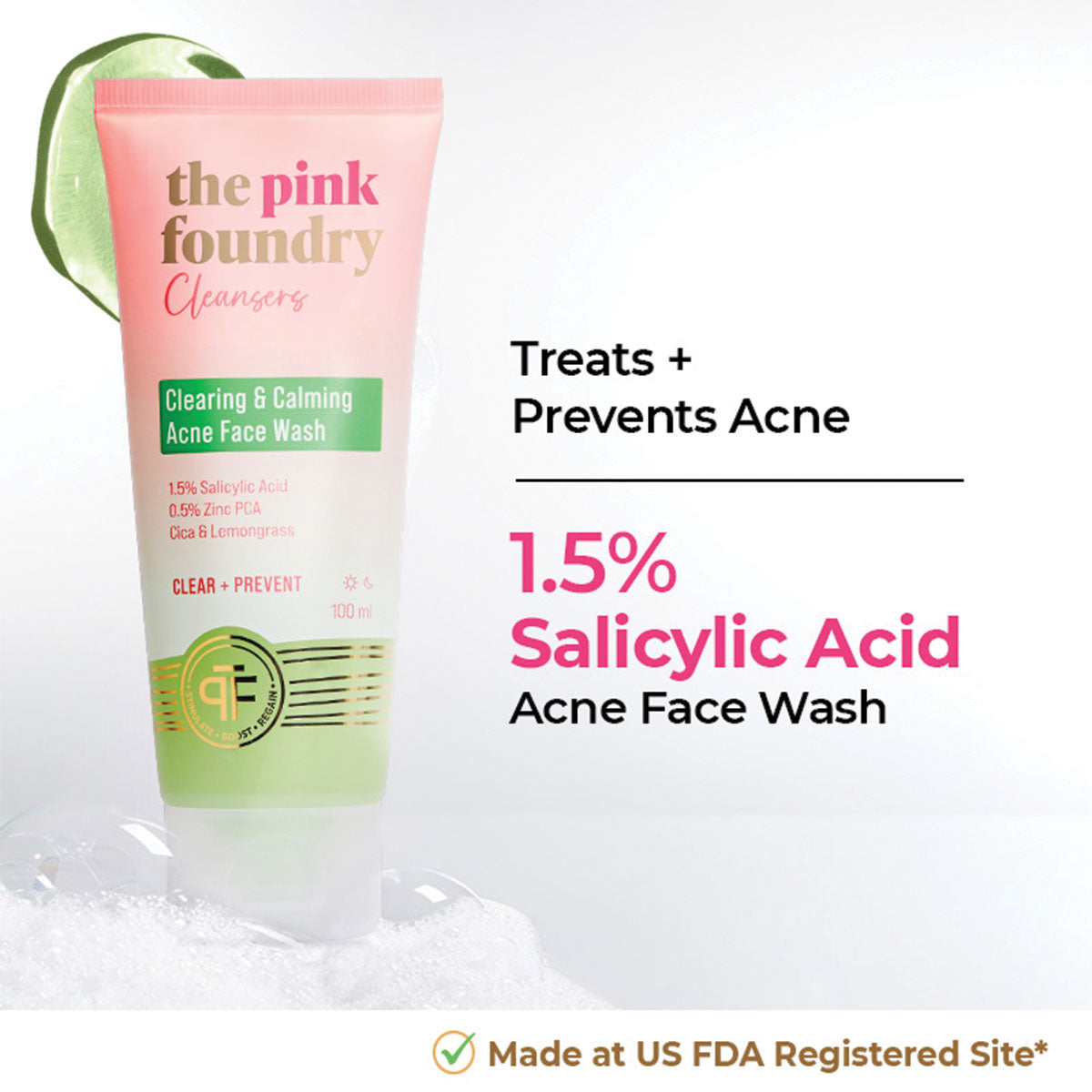
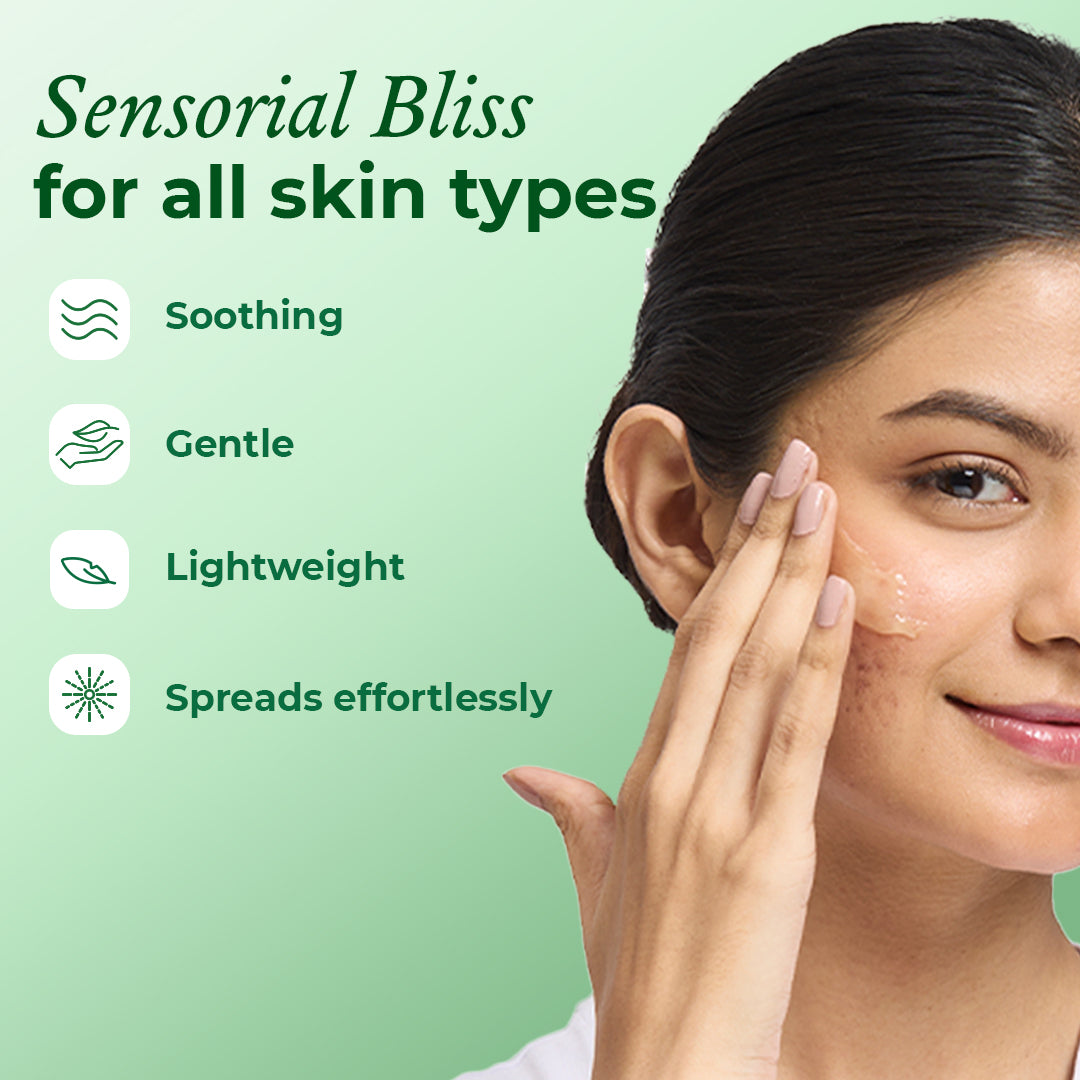
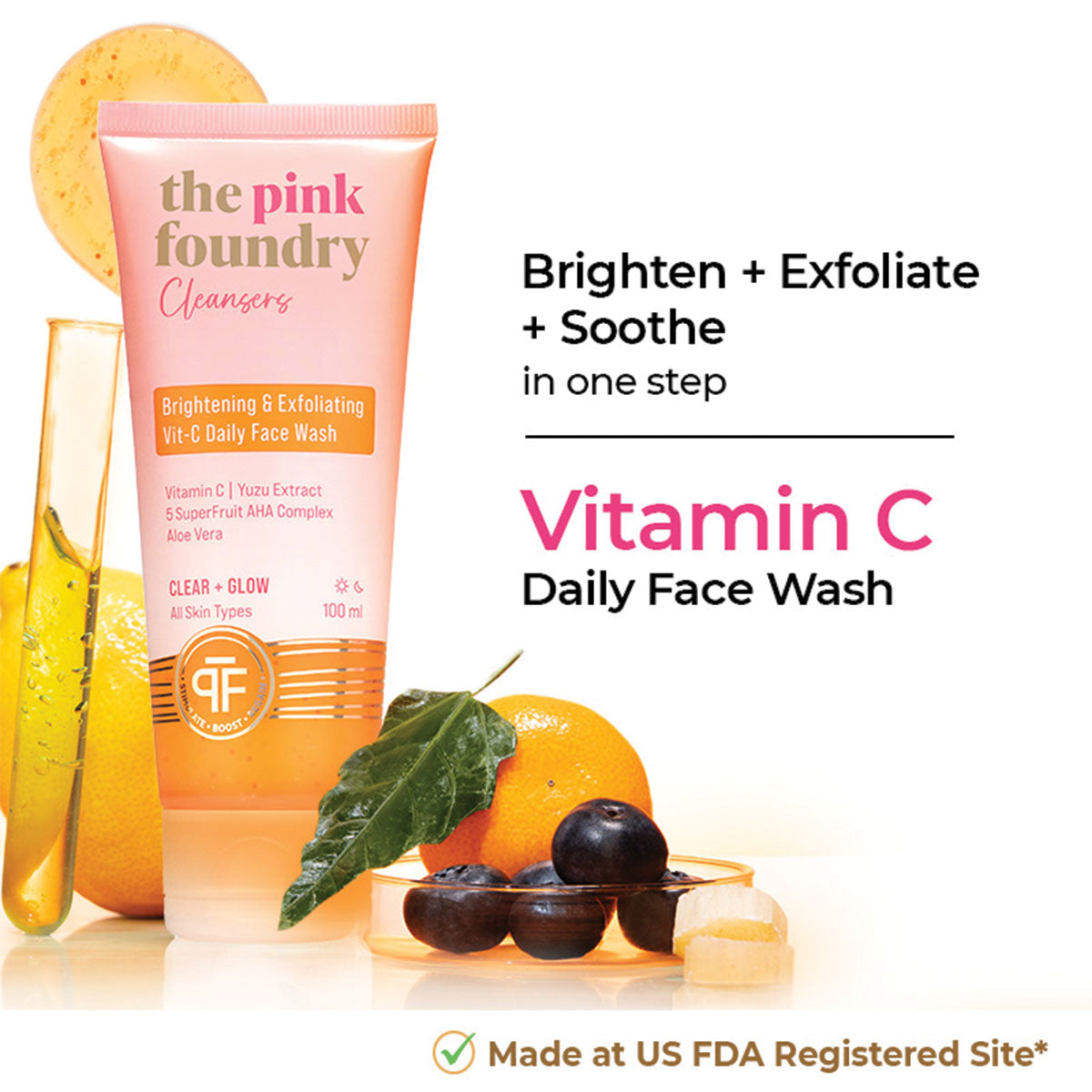
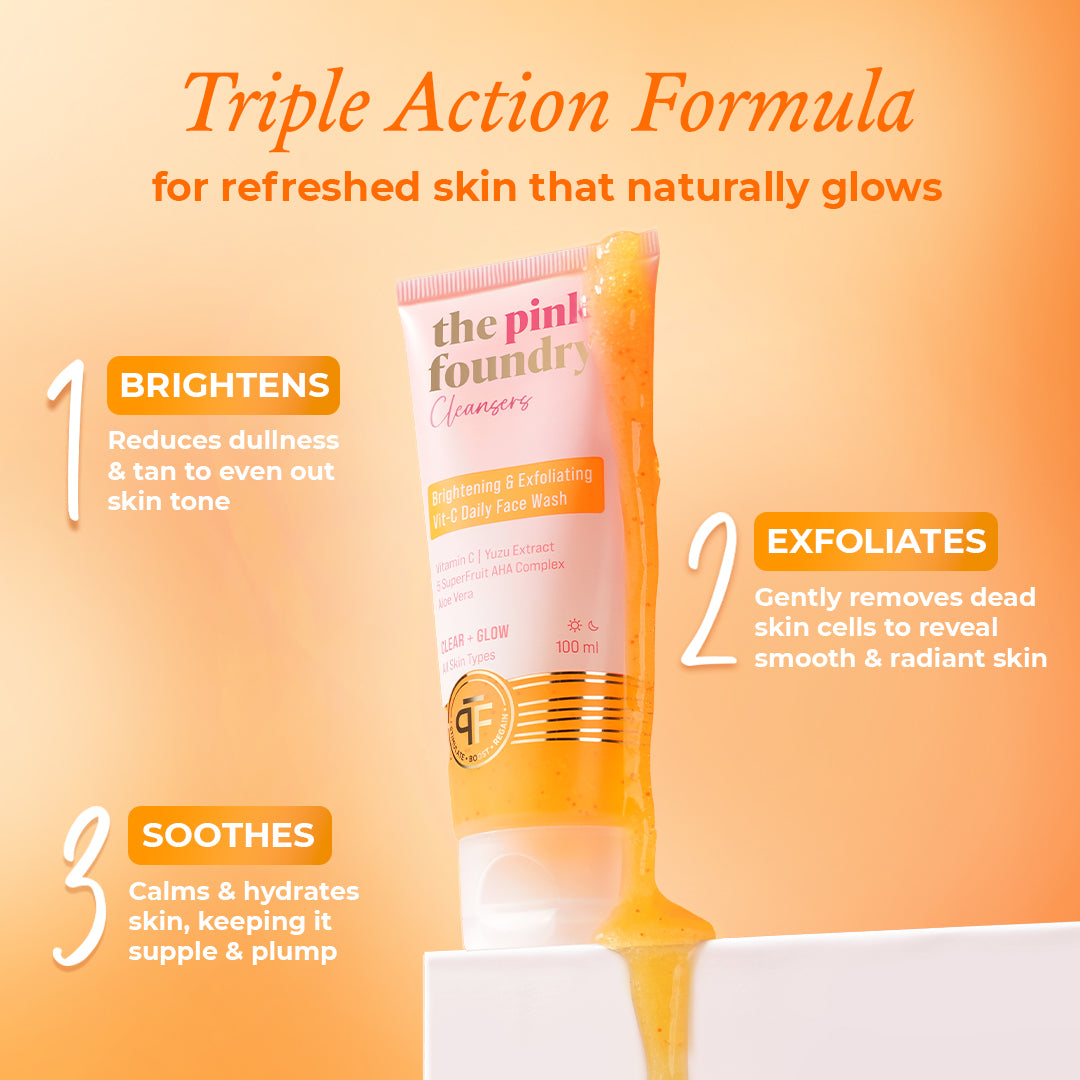

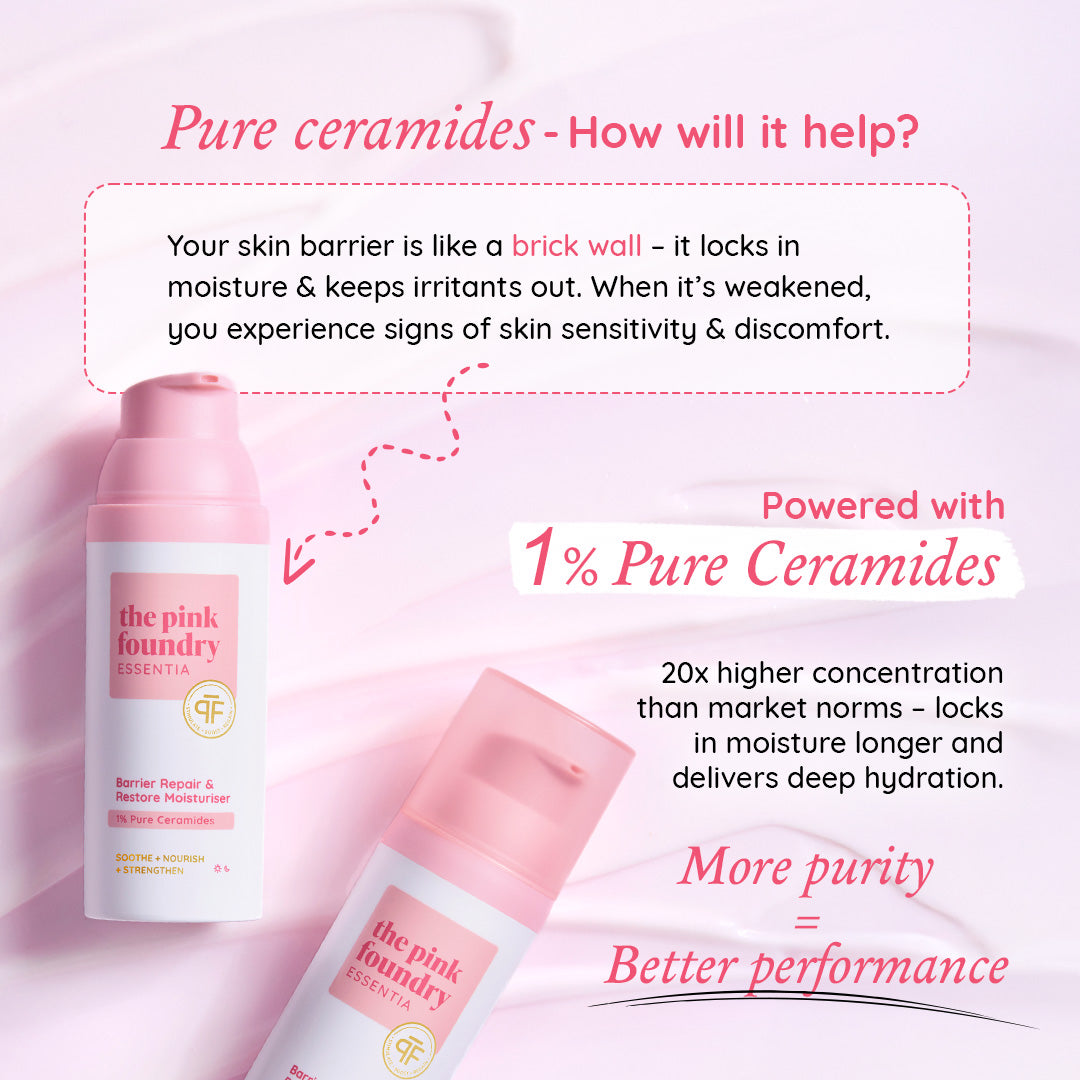




Leave a comment
This site is protected by hCaptcha and the hCaptcha Privacy Policy and Terms of Service apply.